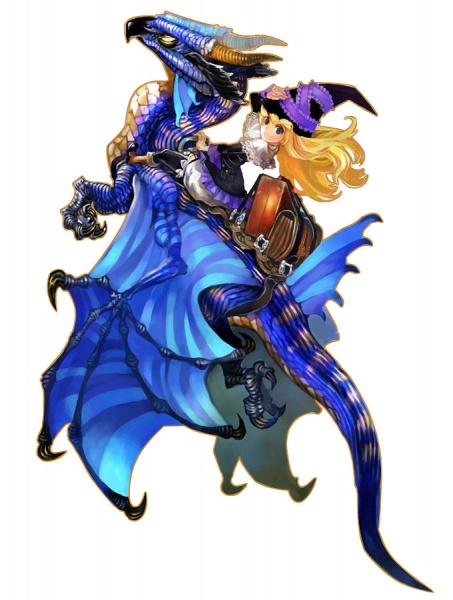


The localization of Tactics certainly does it no favors, and became renowned for its poor quality. The multilayer tapestry Yasumi Matsuno weaves with this narrative would have been better suited to some other form of media because of how difficult it can be to keep the various personalities and their motivations straight without a means of going back to refresh one’s memory, but an overly ambitious effort is always preferable to something that didn’t bother to try. An effort is made to flesh out the politics and culture of Ivalice to a surprising extent while the people who fill the narrative are rendered in shades of gray instead of stark black and white. With the exception of the Zodiac Stone portion, Tactics eschews the usual plot elements of Japanese RPGs in favor of something more akin to an intricate novel. As he antagonizes the various ruling clans of Ivalice, Ramza begins to encounter foes who can transform into monstrous opponents using the power of ancient talismans called Zodiac Stones. Ramza’s refusal to countenance cheapening his principles in order to play by the standard rules of politicking leads to his first being ostracized, and then the rest of the Beoulve clan assenting to his death by the groups he offended. Tactics‘ plot concerns young Ramza, a scion of the important Beoulve family.
#GRIMGRIMOIRE FFTA SERIES#
Very few of the titles Square would spin off from the main Final Fantasy series attained the acclaim that Tactics garnered, and this game’s flawed but immensely rewarding nature helps explain why. Tactics changed all of that by spinning off from the main series into something that successfully enticed the audience for most of Square’s products, and this tactic would one day become employed on a regular basis. Spinoffs of the Final Fantasy series that started that way in Japan were represented primarily by Final Fantasy: Mystic Quest, and thus hadn’t attracted much interest from serious RPGamers. At the time of its release, Final Fantasy Tactics was a member of a rare breed.


 0 kommentar(er)
0 kommentar(er)
